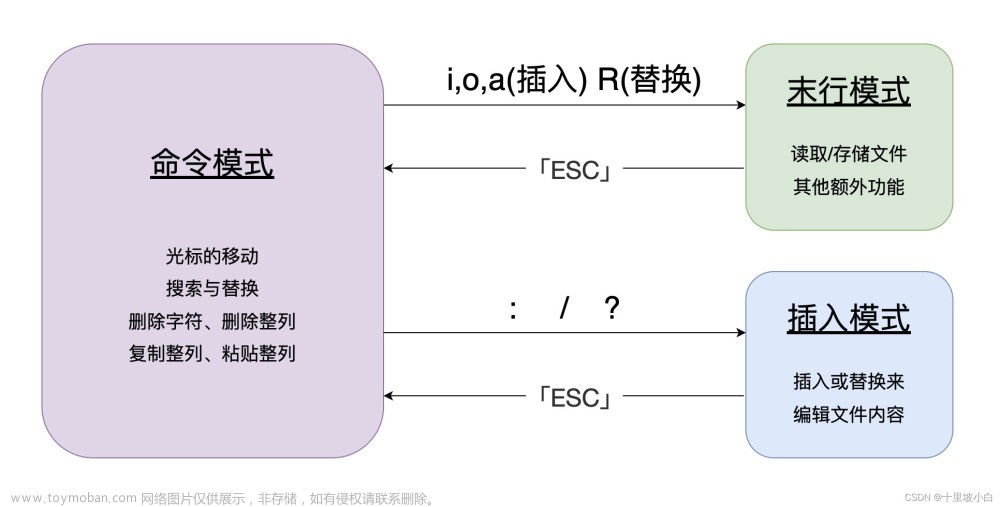前言
本文试图搞清楚cache几个操作:clean、invalidate与flush的含义。由于只用过ARM和RISC-V,所以是从ARM和RISC-V的角度来说明。
cache line
cache line是cache的基本访问单元。
cache line一般都会包含valid和dirty两个状态位,如下图的v和d。
valid位表示当前cache line的内容是否有效。dirty位表示当前cache line的内容是否比内存上的要更新(即是否修改过)。

cache操作
clean和invalidata两个操作都可以在ARM官方文档上找到描述,但是flush没找到。而RISC-V则都没找到。
clean
clean表示把cache line的dirty位清0,并把cache line的数据同步到内存上,目的是保证cache与内存的数据一致性。仅适用于使用回写(write-back)策略的D-cache。
Applies to write-back data caches, and means that if the cache line contains stored data that has not yet been written out to main memory, it is written to main memory now, and the line is marked as clean.
invalidate
invalidate表示把cache line的valid位清0。
Means that the cache line (or all the lines in the cache) is marked as invalid, so that no cache hits occur for that line until it is re-allocated to an address. For write-back data caches, this does not include cleaning the cache line unless that is also stated.
flush
flush有查到两种含义:
-
flush = invalidate
在《arm system developer‘s guide》中有描述到:
The term invalidate is sometimes used in place of the term flush.
-
flush = clean + invalidate
SiFive(提供基于RISC-V指令集CPU IP的公司)关于cache有一条自定义命令:CFLUSH.D.L1,其中有描述:
writes back and invalidates line(s) in the L1 data cache
所以这里flush相当于clean + invalidate。
参考资料
《ARM Architecture Reference Manual (2nd Edition)》
《ARM System Developer‘s Guide》文章来源:https://www.toymoban.com/news/detail-762892.html
《SiFive E76-MC Core Complex Manual》文章来源地址https://www.toymoban.com/news/detail-762892.html
到了这里,关于cache操作:clean、invalidate与flush的含义的文章就介绍完了。如果您还想了解更多内容,请在右上角搜索TOY模板网以前的文章或继续浏览下面的相关文章,希望大家以后多多支持TOY模板网!









